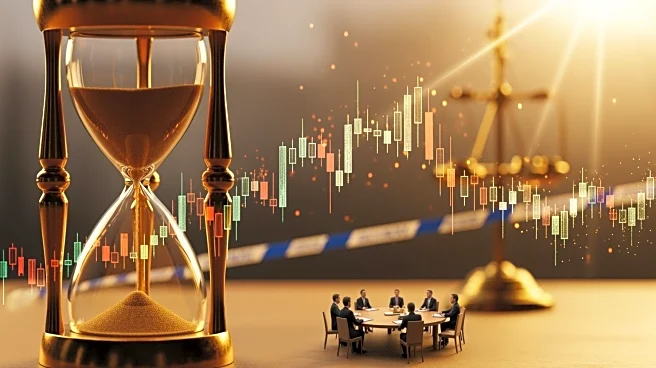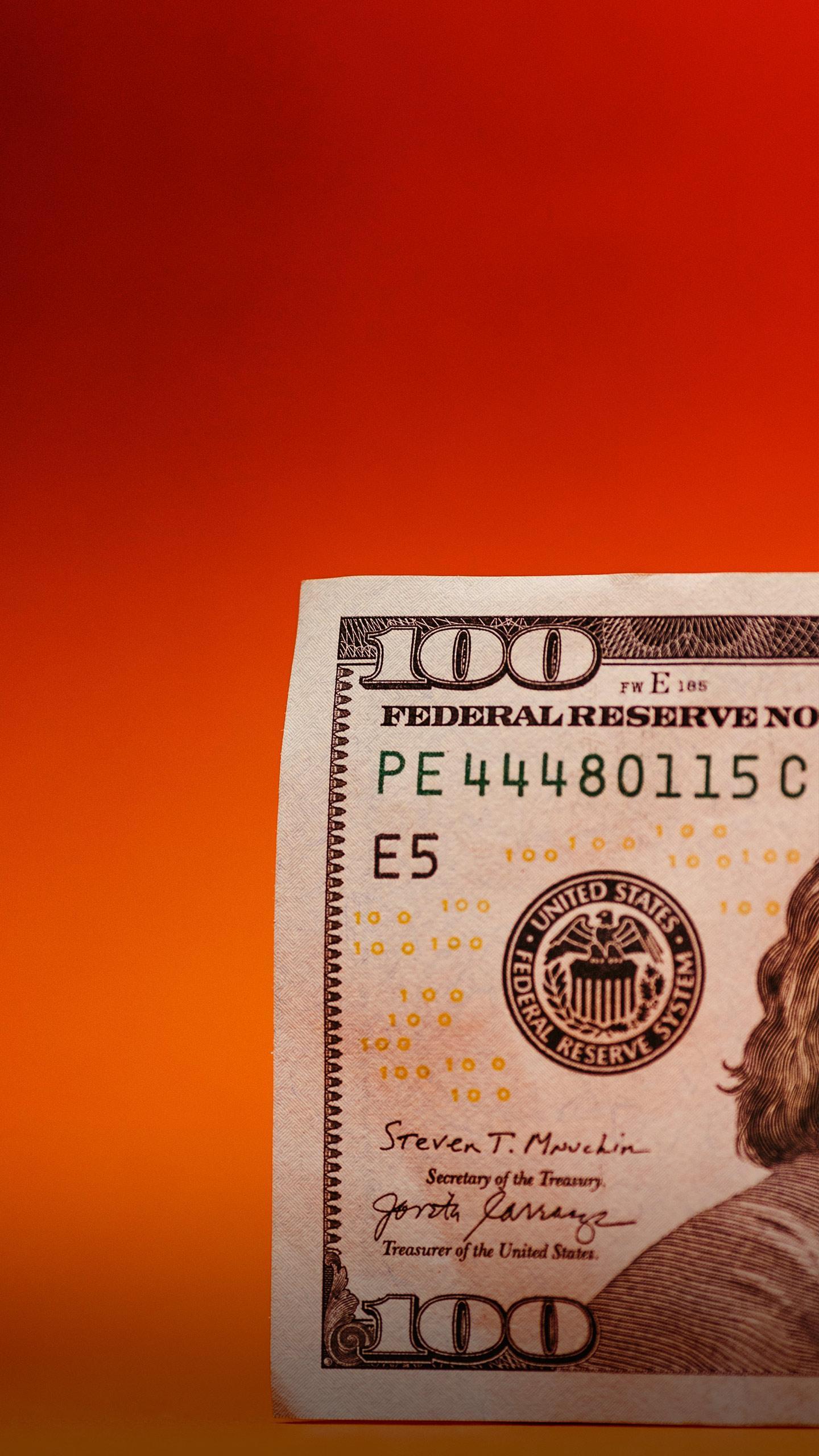What's Happening?
Gold's remarkable rise has entered a new phase, characterized by increased volatility due to speculative buying. The metal has seen a 54% rise year-to-date, breaking through key resistance levels. Recent
political tensions and U.S. tariff uncertainties have fueled a wave of fear-of-missing-out (FOMO) buying. On Monday, gold reached a record $4,381 an ounce, but a subsequent 5% sell-off marked the steepest daily fall in five years. Despite the volatility, market players remain optimistic about higher prices in 2026, driven by ongoing geopolitical tensions and central bank demand.
Why It's Important?
The current volatility in gold prices reflects broader market uncertainties and the influence of speculative buying. The metal's performance is closely tied to geopolitical tensions and economic policies, such as U.S. tariff negotiations and Federal Reserve rate cuts. The situation highlights the complex dynamics of the gold market, where short-term speculative actions can lead to significant price fluctuations. The ongoing demand from central banks and institutional investors provides a stabilizing factor, but the market remains sensitive to macroeconomic developments.
What's Next?
Market participants are closely monitoring the U.S. Federal Reserve's upcoming decisions and geopolitical developments, which could influence gold prices. The potential for further rate cuts and changes in U.S. economic policy will be key factors in determining the future trajectory of gold. Additionally, the market's response to these developments will be crucial in assessing the sustainability of the current rally and the potential for further gains.












